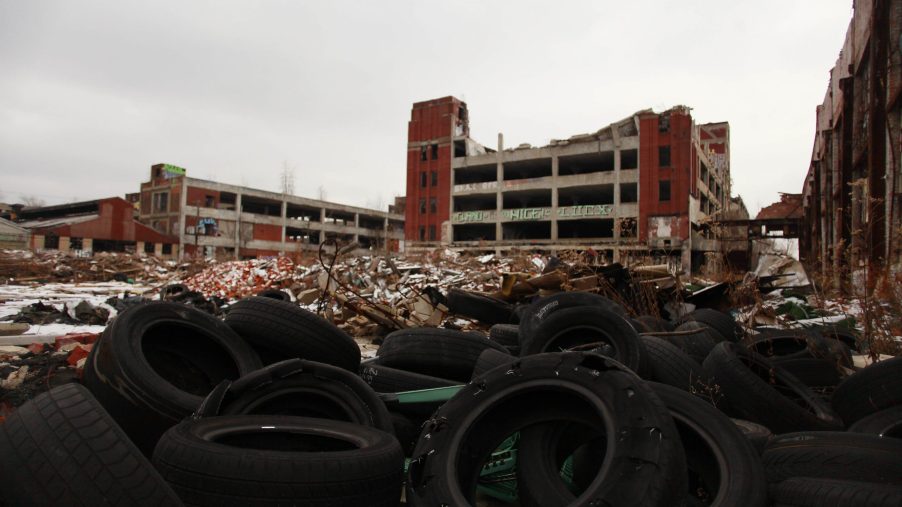
Giant Packard Plant Automotive Landmark Will Be Torn Down
The massive Packard automobile plant in Detroit is known around the world as the king of ruin porn. It has been the victim of looters and scavengers since closing down in 1956. Scrap metal thieves have pulled down portions of buildings to steal the metal beams and reinforcement. The new owner in 2017 vowed to rehabilitate all of the Packard plant structures for mixed-use and lofts. But now the former luxury car maker landmark Packard plant will be torn down even though the owner said he wouldn’t do that.
Many of the Packard Plant buildings have become dangerous to enter
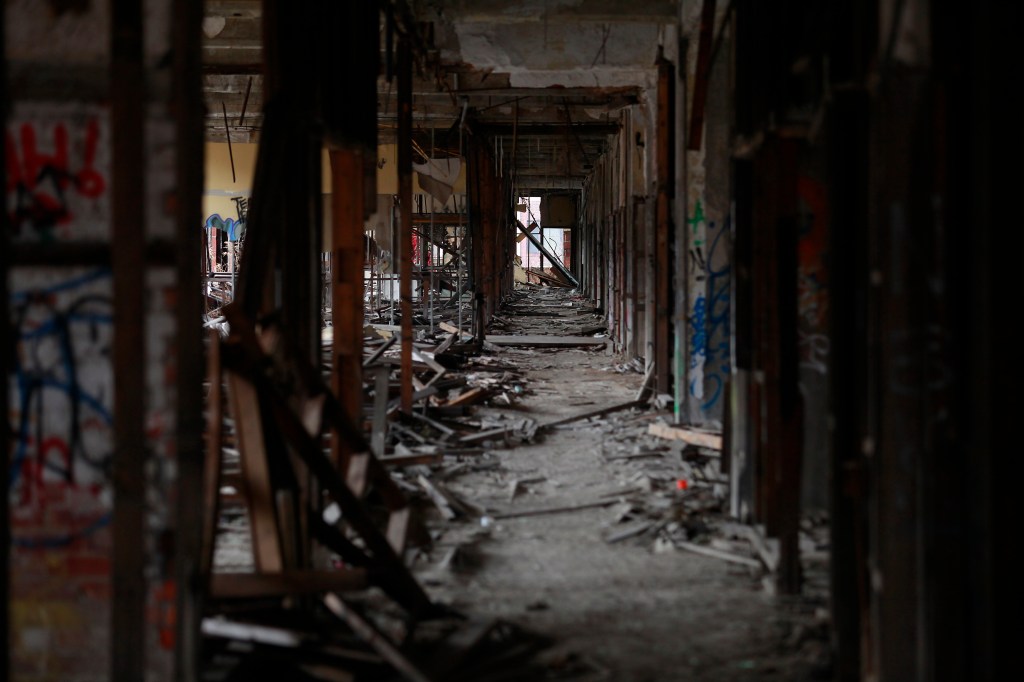
Over the years many of the buildings on the vast 40 acres have become dangerous to enter because of their weakened state. Last year a man was killed there from falling down an elevator shaft. For decades it was a dumping ground for trash, old tires, and stripped cars. And for decades the previous owner never paid taxes to the city.
In the early 20th century through the 1930s Packard automobiles were the most prestigious American cars made. Their reputation far exceeded that of Cadillac or Lincoln. But after the war, it was a steady decline in prestige, profits, and production. By 1954 in a desperate move, it merged with Studebaker and moved manufacturing first to a smaller Detroit facility and then to South Bend, Indiana, in 1956.
Packard continued to occupy portions of the facility until 1956
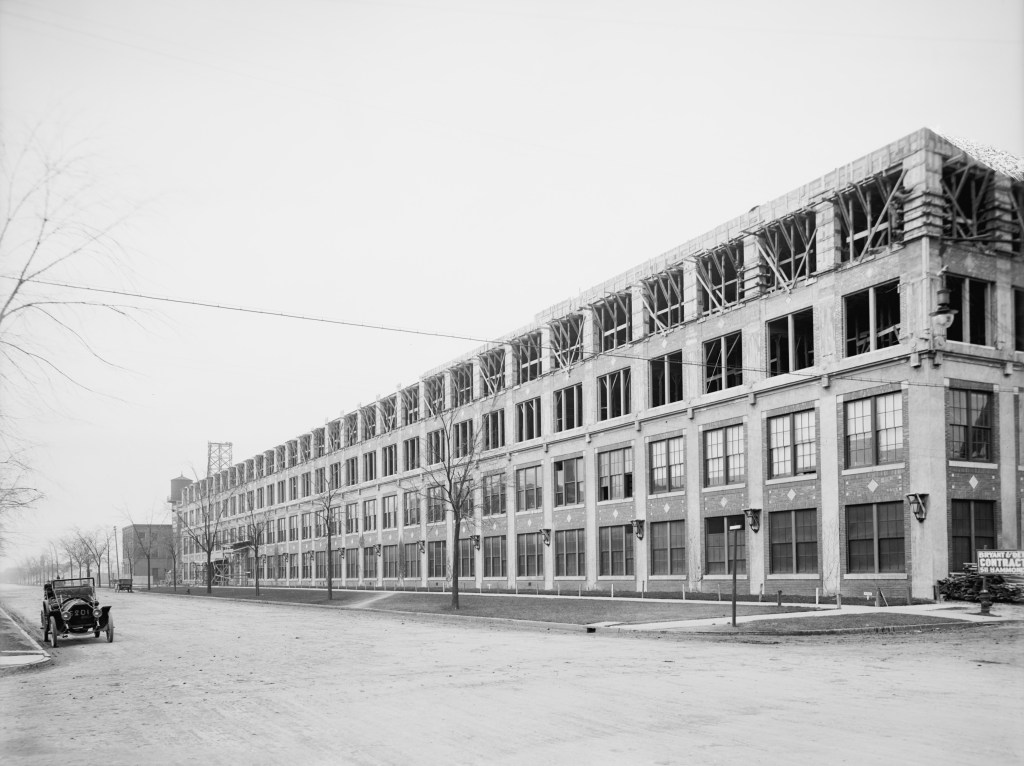
Packard continued to occupy portions of the facility until 1956. Then it closed up the East Grand Avenue plant forever. It became a mixture of small businesses and a dumping ground into the 1990s. The current owner; Fernando Palazuelo, purchased it in 2017 for the taxes owed which were $400,000. His plan was to redevelop the entire property with a combo of office and commercial space, restaurants, and an event and gallery venue.
Now, a local real estate firm is advertising for industrial tenants to occupy build-to-suit buildings on the site. That means Palazuelo has given up trying to keep the Packard structures and instead will be tearing them down. In many ways, it was expected.
Some or most of the current Packard buildings will be torn down
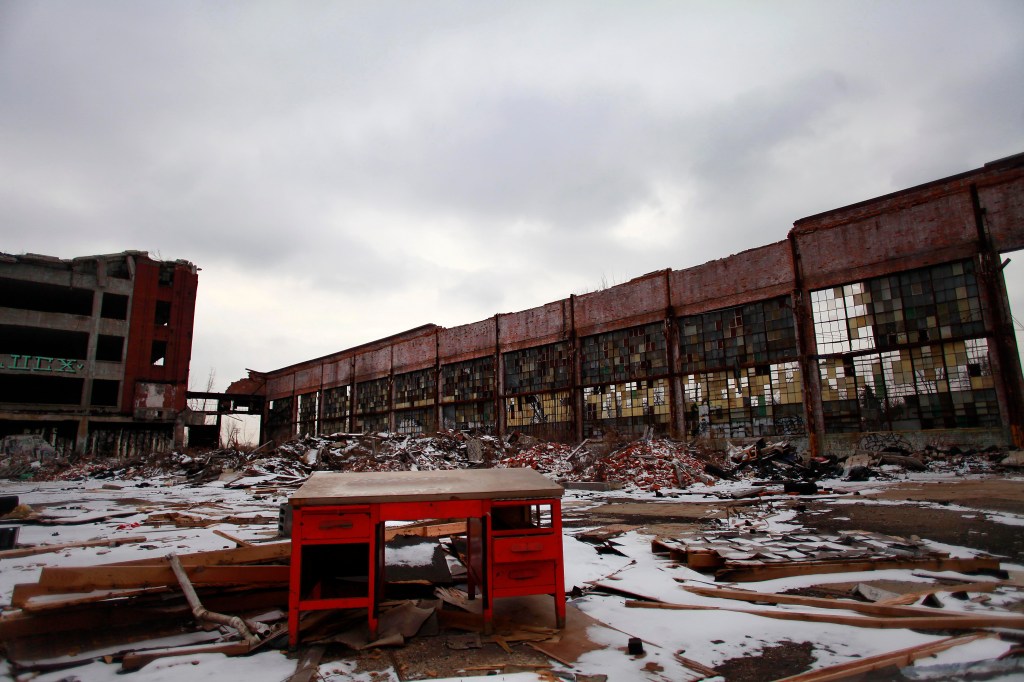
“My job is only to find industrial tenants,” said Larry Emmons, senior managing director for real-estate firm Newmark, to The Detroit News. “We’re not trying to do redevelopment of existing buildings for multi-family units or multi-use.” He is seeking out automotive suppliers, just-in-time delivery services, and companies in need of warehouse space or fulfillment centers. He also said some or most of the current buildings will be torn down.
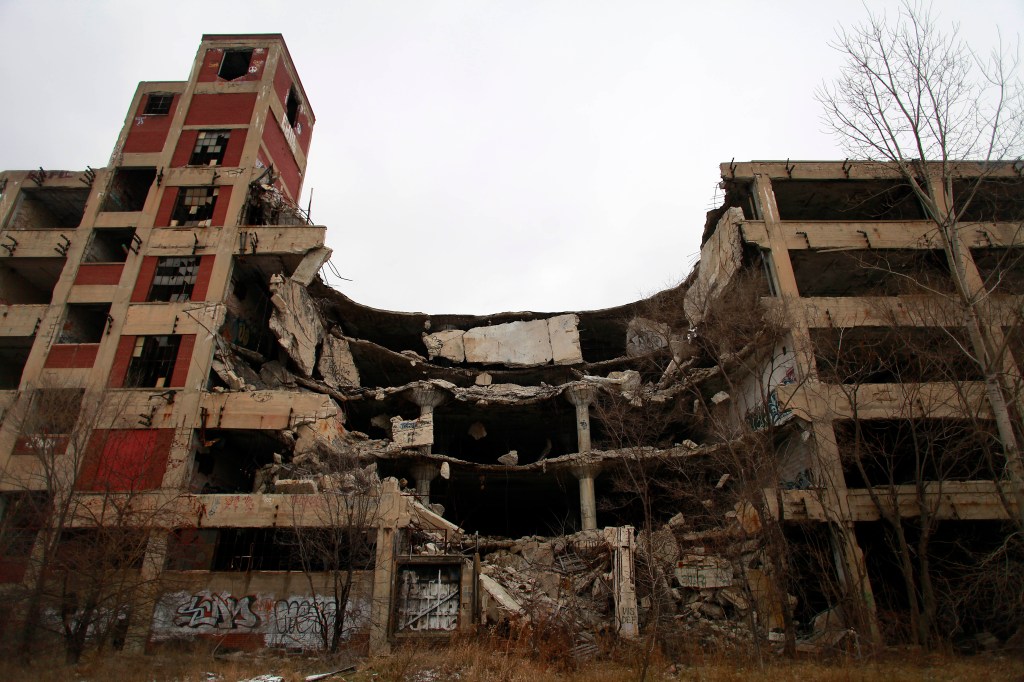
“The owner is committed to preserving as much of the original building character as possible,” Emmons said. “He would probably maintain the administrative building, which has gone through a significant renovation. He is committed to maintaining the historical significance and historical presence of the site. He’s not going to let it be torn down and razed wholesale. You’ll still see some of the old Packard facility there.” With Metro-Detroit’s industrial and warehouse vacancy rate of under-five percent, the type of buildings planned for the site would be in hot demand.
A pedestrian bridge over East Grand Boulevard, collapsed last year
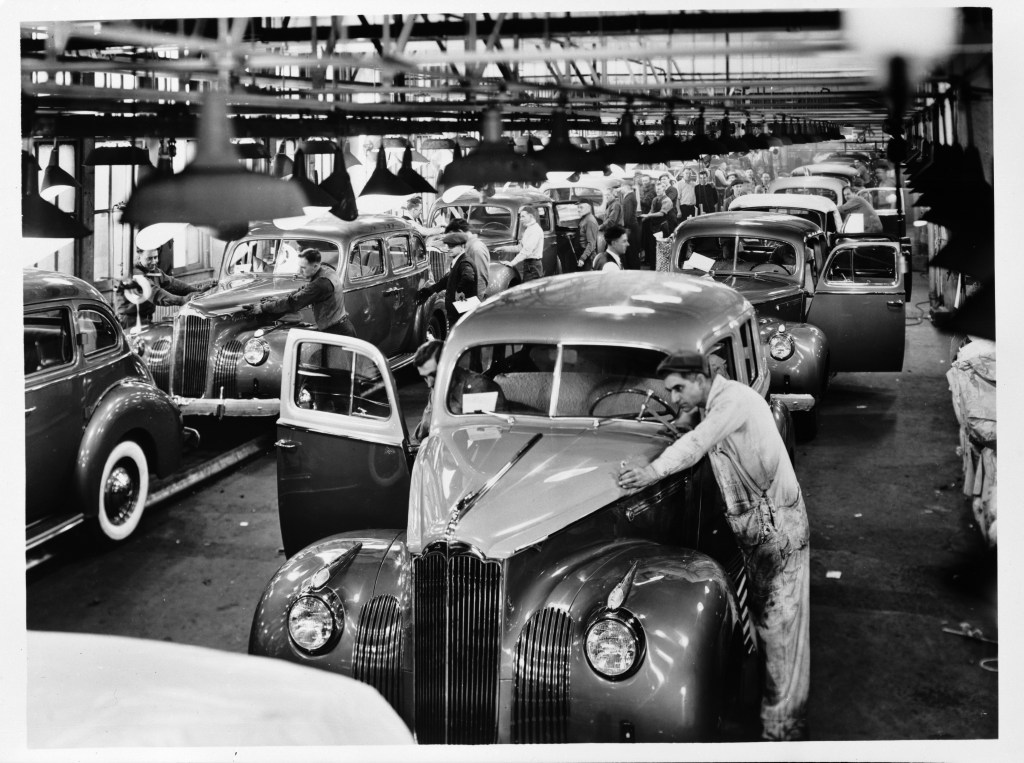
When Palazuelo bought the Packard property he presented a four-phase plan which at the time was estimated to cost $350 million. It was a 15-year plan that industrialist Palazuelo would finance himself. But little has been done since. One of the features of the plant, a pedestrian bridge over East Grand Boulevard, collapsed last year.
While it would be great to save such a significant symbol of Detroit’s might, it has only become a symbol of its decay. Though a glorious facility if renovated maybe it’s best to tear it down and reinforce Detroit’s rebirth.



